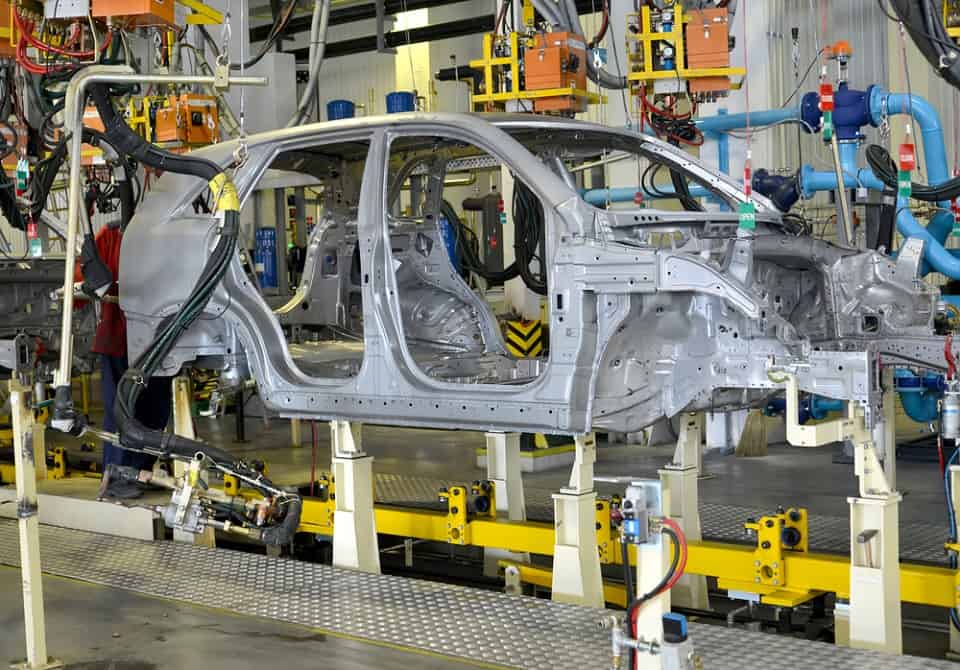
Conversely, a negative change may signal that a company struggles to meet its short-term obligations. As a general rule, the more current assets a company has on its balance sheet relative to its current liabilities, the lower its liquidity risk (and the better off it’ll be). The net working capital (NWC) metric is a measure of liquidity that helps determine whether a company can pay off its current liabilities with its current assets on hand. NWC can paint a picture regarding the current financial capacity your business has.

Business Purchases
- Marketable securities are short-term, liquid financial instruments that can be converted into cash very quickly when necessary.
- However, the company’s cash flow, free cash flow, and working capital tell different sides of that story and only working capital factors in current liabilities.
- In addition to handling day-to-day expenses, net working capital provides the financial resources needed to seize growth opportunities.
- It’s just a sign that the short-term liquidity of the business isn’t that good.
- If the NWC increases during a period, it ties up cash, therefore it’s subtracted in the cash flow statement.
- But Company A is in a stronger position because Deferred Revenue represents cash that it has collected for products and services that it has not yet delivered.
- It shows the difference between what a business owns (like cash, goods, and money others owe them) and what it owes to others.
A better definition is Current Operational Assets minus Current Operational Liabilities, which means you exclude items like Cash, Debt, and Financial Investments. The Change in Working Capital tells you if the company’s Cash Flow is likely to be greater than or less than the company’s Net Income, and how much of a change in working capital formula difference there will be. In 3-statement models and other financial models, you often project the Change in Working Capital based on a percentage of Revenue or the Change in Revenue.

Accounts

Since companies often purchase inventory on credit, a related concept is the working capital cycle—often referred to as the “net operating cycle” or “cash conversion cycle”—which factors in credit purchases. Conceptually, the operating cycle is the number of days that it takes between when a company initially puts up cash to get (or make) stuff and getting the cash back out after you sell the stuff. For example, if it takes an appliance retailer 35 days on average to sell inventory and another 28 days on average to collect the cash post-sale, the operating cycle is 63 days.
- Net working capital is a liquidity calculation that measures a company’s ability to pay off its current liabilities with current assets.
- A change in net working capital is the difference between a company’s available funds and outstanding payments in a specific accounting period, compared to previous accounting periods.
- Therefore, it gives a more comprehensive picture of a business’s financial health.
- It is the difference between a company’s current assets, like cash, accounts receivable and inventories of raw materials and finished goods, and its current liabilities, such as accounts payable.
- That said, a dramatic change in working capital from one period to the next can signify equally dramatic consequences for your company.
Cash Forecasting

The three sections of a cash flow statement under the indirect method are as follows. This 16% shows that the company is increasing its Net Working Capital Ratio, which means it’s putting more of its money into things that can be quickly turned into cash. This is a good sign for the company because it is trying payroll to keep its money accessible and ready for use. To calculate this ratio, you take a business’s short-term money and compare it to all the money it has.

Turn Your Outstanding Invoices Into Cash
- Under sales and cost of goods sold, lay out the relevant balance sheet accounts.
- It encompasses current assets such as cash, inventory, and accounts receivable, minus current liabilities like accounts payable and short-term debt.
- To find the change in Net Working Capital (NWC) on a cash flow statement, subtract the NWC of the previous period from the NWC of the current period.
- Therefore, working capital serves as a critical indicator of a company’s short-term liquidity position and its ability to meet immediate financial obligations.
- Because the change in working capital is positive, it should increase FCF because it means working capital has decreased and that delays the use of cash.
When a business uses cash to purchase new equipment, expand a building, or make another similar investment, its working capital decreases. The Insurance Accounting formula to calculate working capital—at its simplest—equals the difference between current assets and current liabilities. The concept of net working capital has been a foundational element in financial analysis and business strategy for centuries, evolving as businesses have become more complex and the global economy has grown. It serves as a critical indicator of a company’s immediate financial health and operational efficiency. In addition to handling day-to-day expenses, net working capital provides the financial resources needed to seize growth opportunities. Just as individuals save money to make investments, businesses use their net working capital to invest in projects expected to generate more revenue.
Resources
- Working capital calculators consider current assets and liabilities to provide a quick overview.
- If you look at current assets and current liabilities, you will find them on the balance sheet.
- The whole point of understanding the change in working capital is to know how to apply it to your cash flow calculation when doing a DCF.
- And then, we need to find the difference between the current assets and the current liabilities as per the net working capital equation.
By regularly monitoring this metric and implementing strategies to optimize your working capital position, you can improve your business’s financial health and operational performance. A positive calculation shows creditors and investors that the company is able to generate enough from operations to pay for its current obligations with current assets. A large positive measurement could also mean that the business has available capital to expand rapidly without taking on new, additional debt or investors.